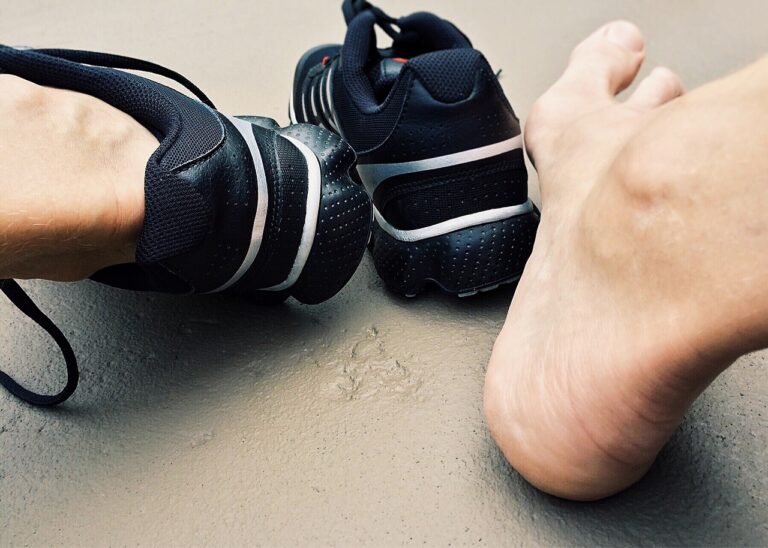Nephrology Branding: Creating a Unique Identity for Nephrology Practices: Laser book 247 login registration number, Lotusbook9 com, 11xplay
laser book 247 login registration number, lotusbook9 com, 11xplay: Lung Health in Bartenders: Managing Occupational Exposures to Secondhand Smoke
Being a bartender can be a fun and exciting job, but it also comes with its own set of health risks. One significant concern for bartenders is the exposure to secondhand smoke in the workplace. Secondhand smoke is a known carcinogen and can have serious implications for lung health. In this article, we will explore the risks associated with secondhand smoke exposure for bartenders and discuss strategies for managing these occupational exposures to protect lung health.
Understanding the Risks
Secondhand smoke is a mixture of the smoke exhaled by smokers and the smoke emitted from burning tobacco products. It contains over 7,000 chemicals, hundreds of which are toxic, and about 70 of which can cause cancer. Bartenders who work in establishments where smoking is allowed are at risk of inhaling secondhand smoke on a daily basis.
Exposure to secondhand smoke has been linked to a range of adverse health effects, including respiratory infections, asthma, lung cancer, and cardiovascular disease. Bartenders are particularly vulnerable to these risks because they often work long hours in close proximity to smokers.
Managing Exposures
Fortunately, there are steps that bartenders can take to reduce their risk of exposure to secondhand smoke and protect their lung health. Here are some strategies to consider:
1. Advocate for a Smoke-Free Workplace: If you work in a bar or restaurant where smoking is allowed, consider advocating for a smoke-free workplace policy. This can help to protect not only your health but also the health of your coworkers and customers.
2. Use Protective Equipment: If a smoke-free workplace is not an option, consider using protective equipment such as masks or respirators to reduce your exposure to secondhand smoke while on the job.
3. Take Regular Breaks: Make sure to take regular breaks outside of the smoking area to give your lungs a chance to breathe clean air. This can help to reduce your overall exposure to secondhand smoke.
4. Practice Good Hygiene: Wash your hands and face frequently to remove any traces of smoke that may have settled on your skin. This can help to reduce the amount of smoke that you inhale throughout the day.
5. Support Smoking Cessation: Encourage smokers in your workplace to quit smoking or seek help to reduce their tobacco use. Supporting smoking cessation efforts can help to create a healthier work environment for everyone.
6. Get Regular Check-Ups: Make sure to schedule regular check-ups with your healthcare provider to monitor your lung health and address any potential concerns early on.
By taking these steps, bartenders can help to reduce their risk of exposure to secondhand smoke and protect their lung health in the workplace.
FAQs
Q: Can secondhand smoke exposure cause lung cancer in non-smokers?
A: Yes, secondhand smoke has been classified as a carcinogen by the U.S. Environmental Protection Agency and has been linked to an increased risk of lung cancer in non-smokers.
Q: How long does it take for secondhand smoke to affect lung health?
A: The effects of secondhand smoke exposure can be immediate, leading to symptoms such as coughing, wheezing, and shortness of breath. Long-term exposure can increase the risk of developing chronic respiratory conditions and other serious health issues.
Q: What are the benefits of a smoke-free workplace for bartenders?
A: A smoke-free workplace can help to protect bartenders from the harmful effects of secondhand smoke, improve air quality, and create a healthier work environment for all employees.







